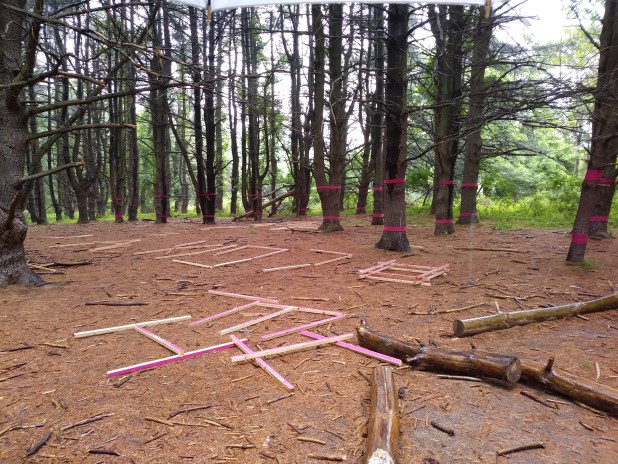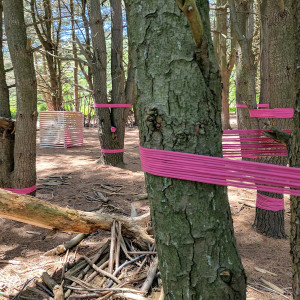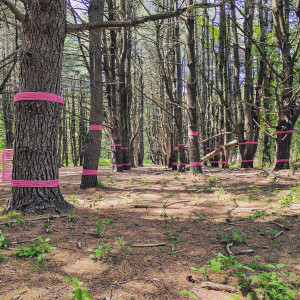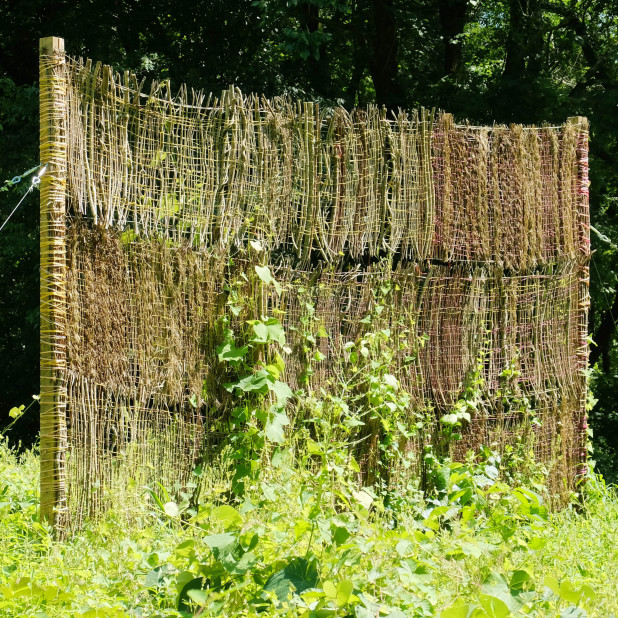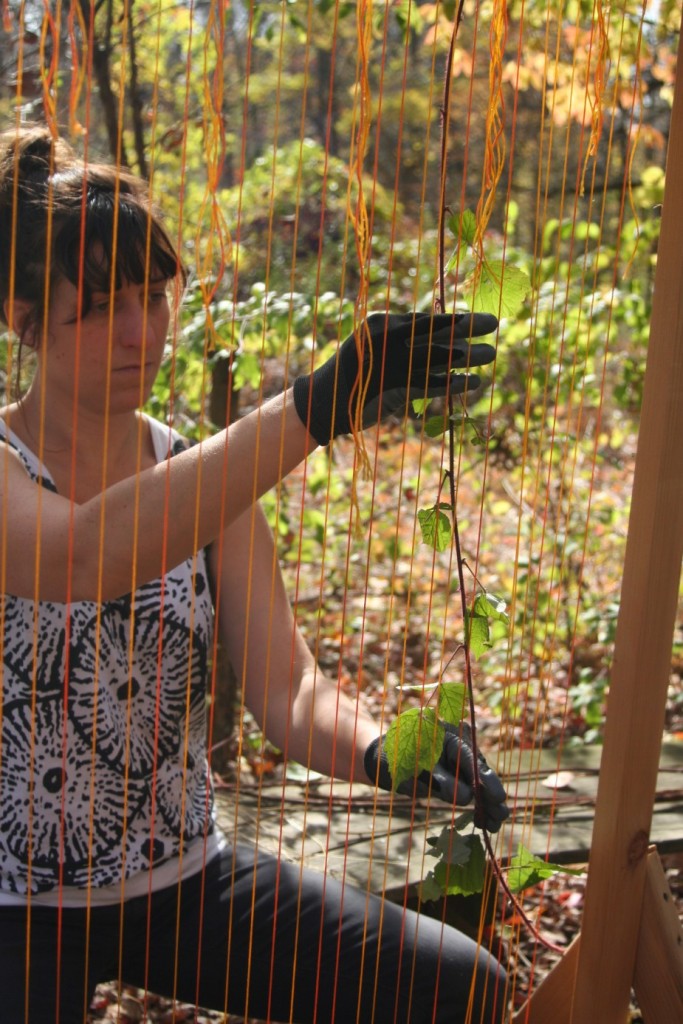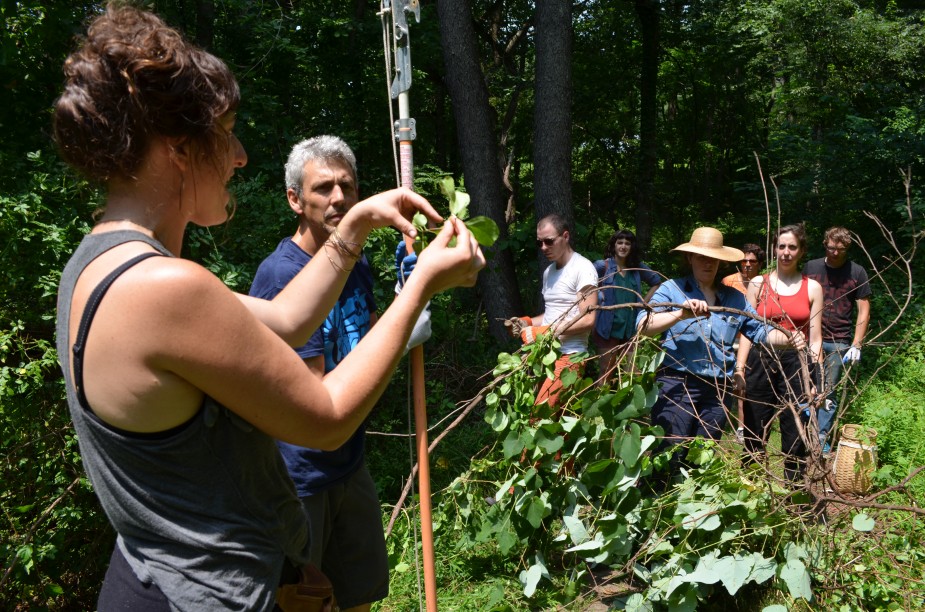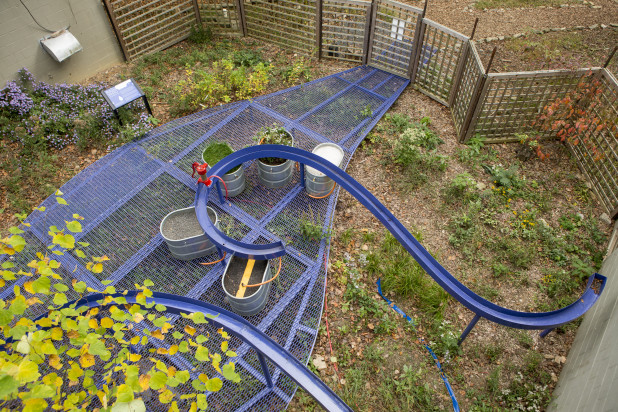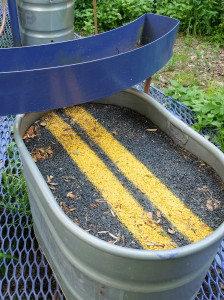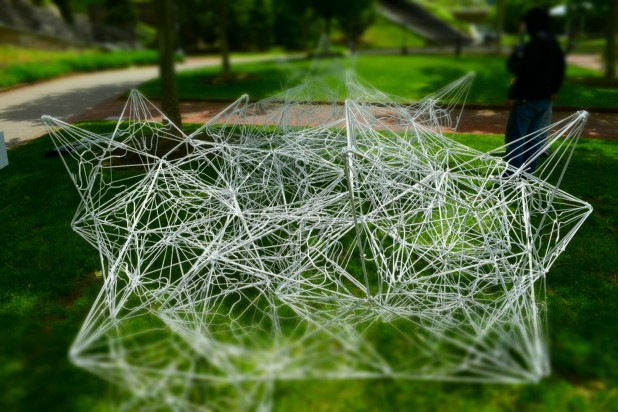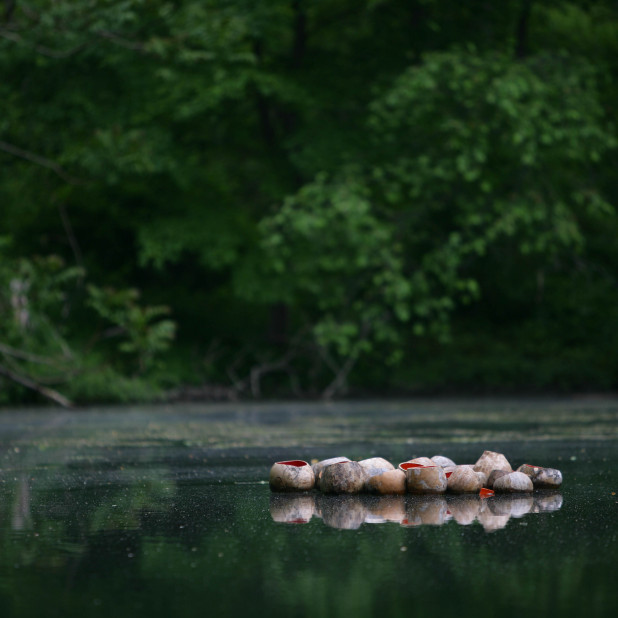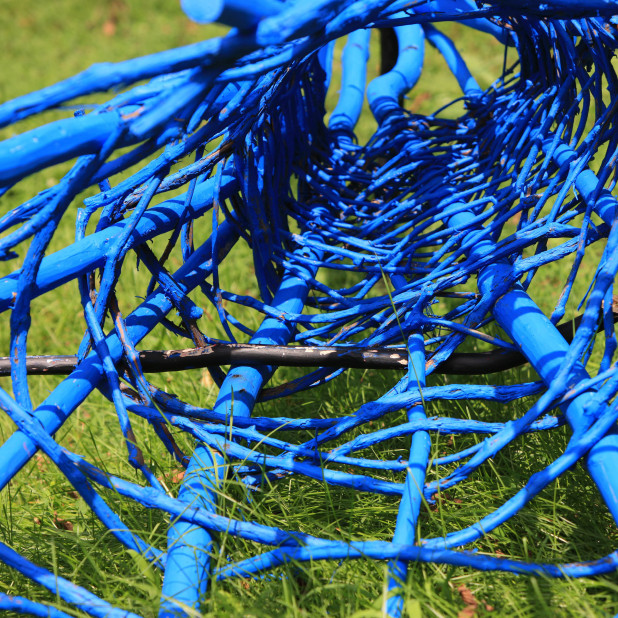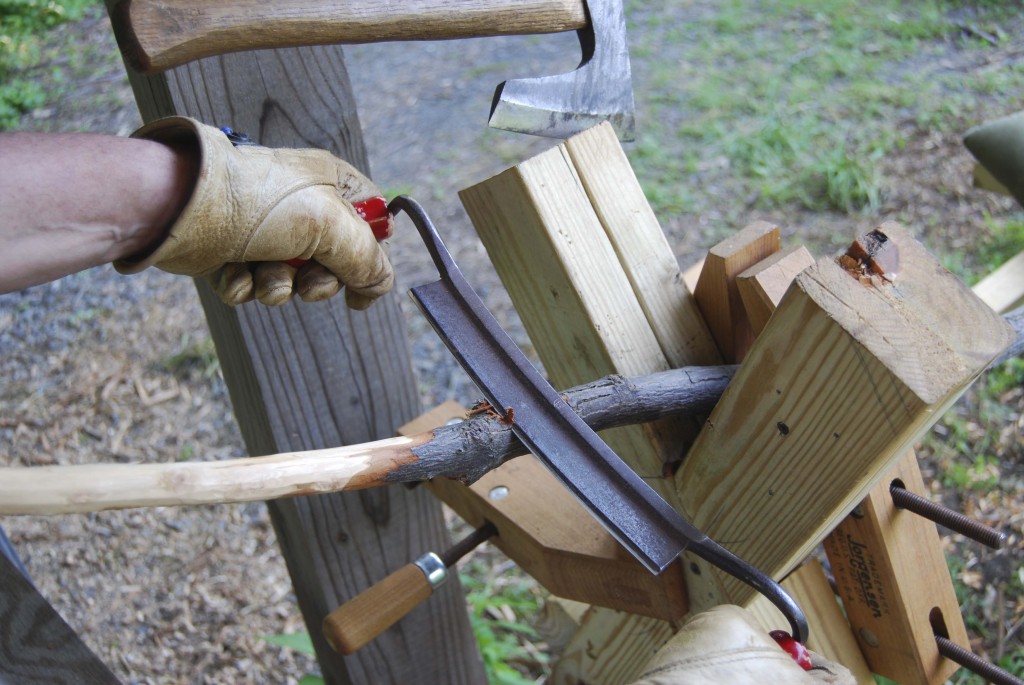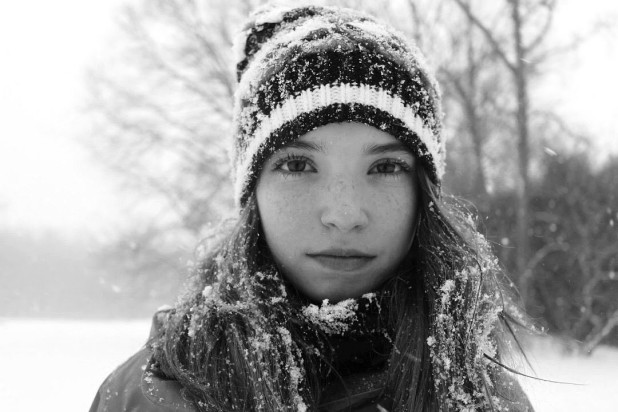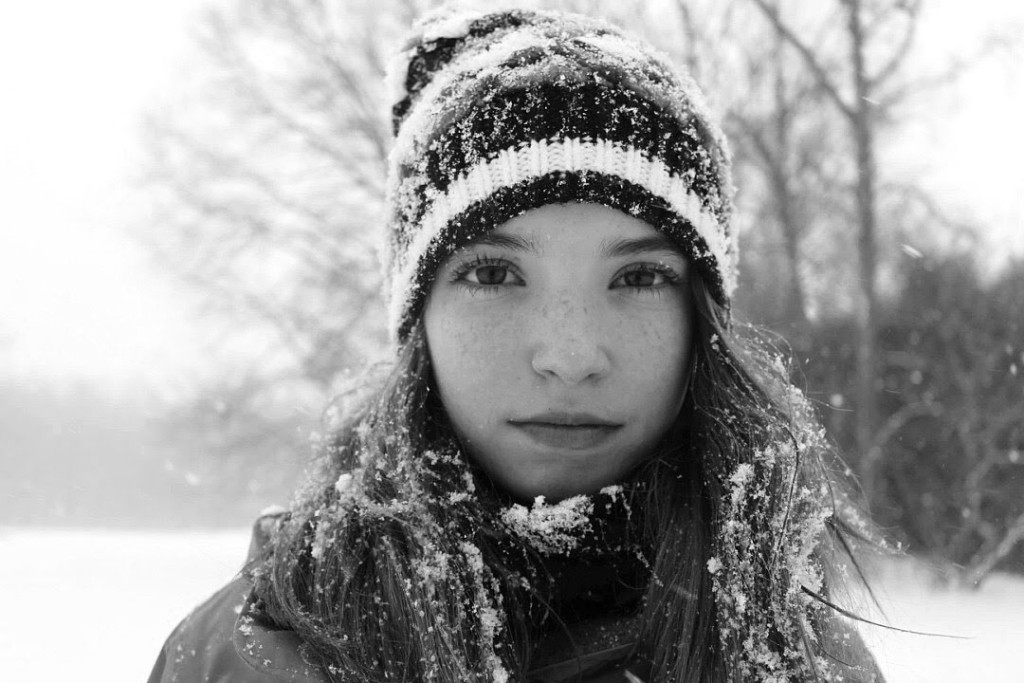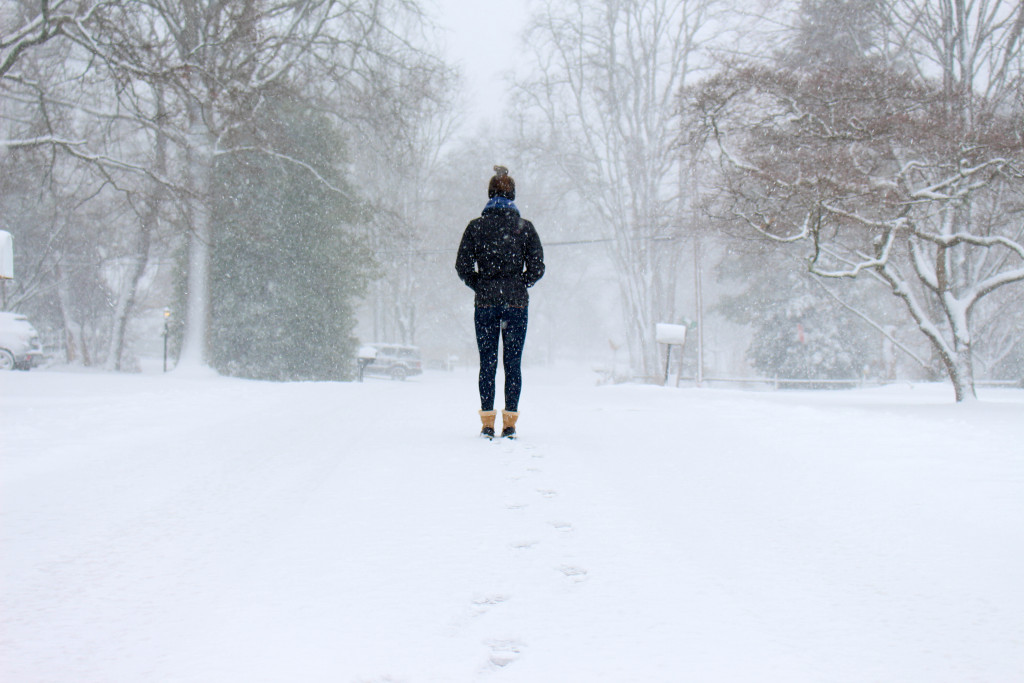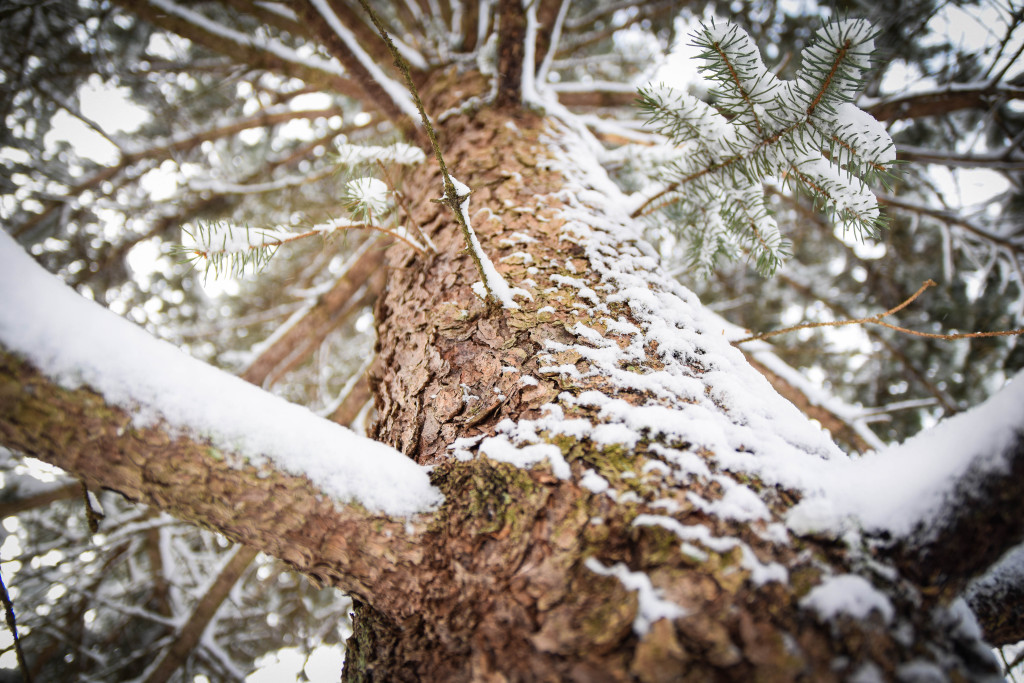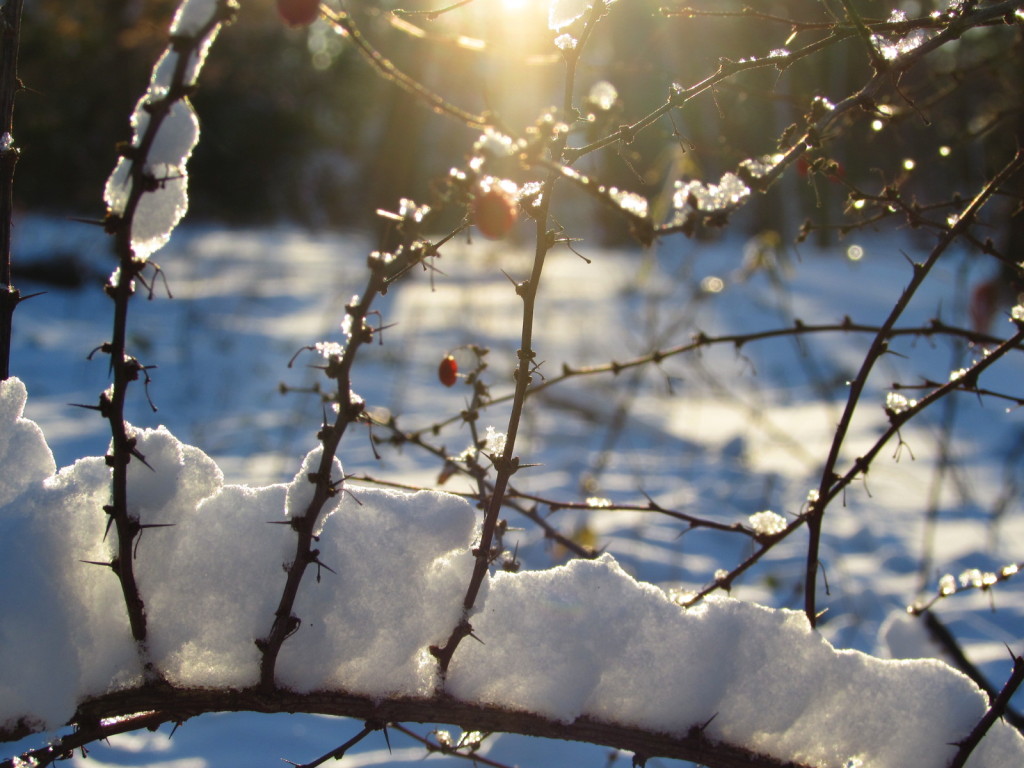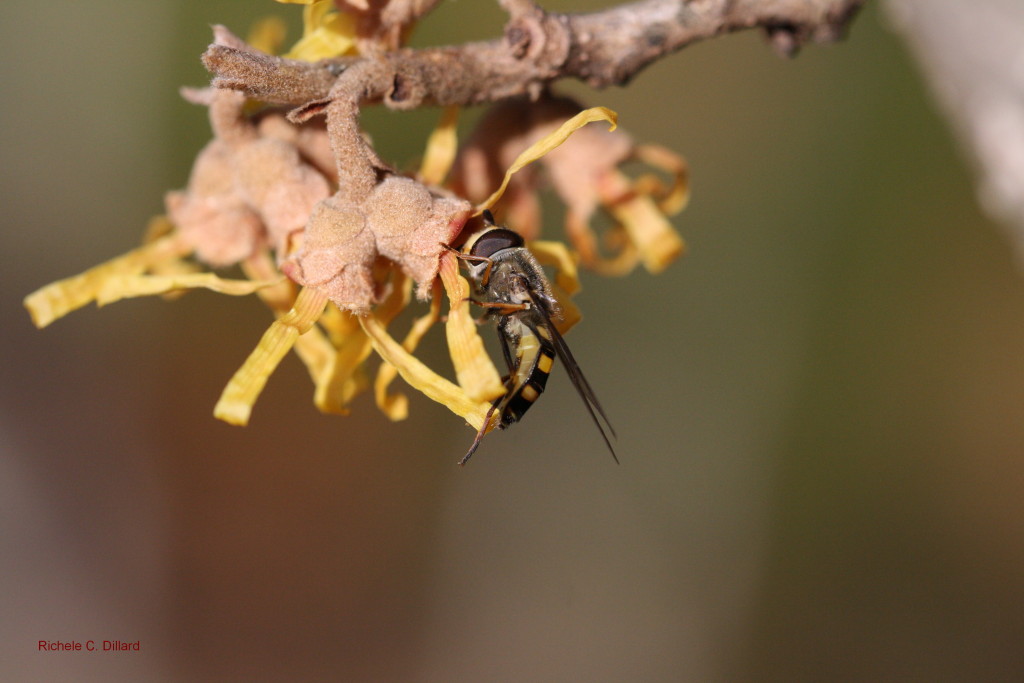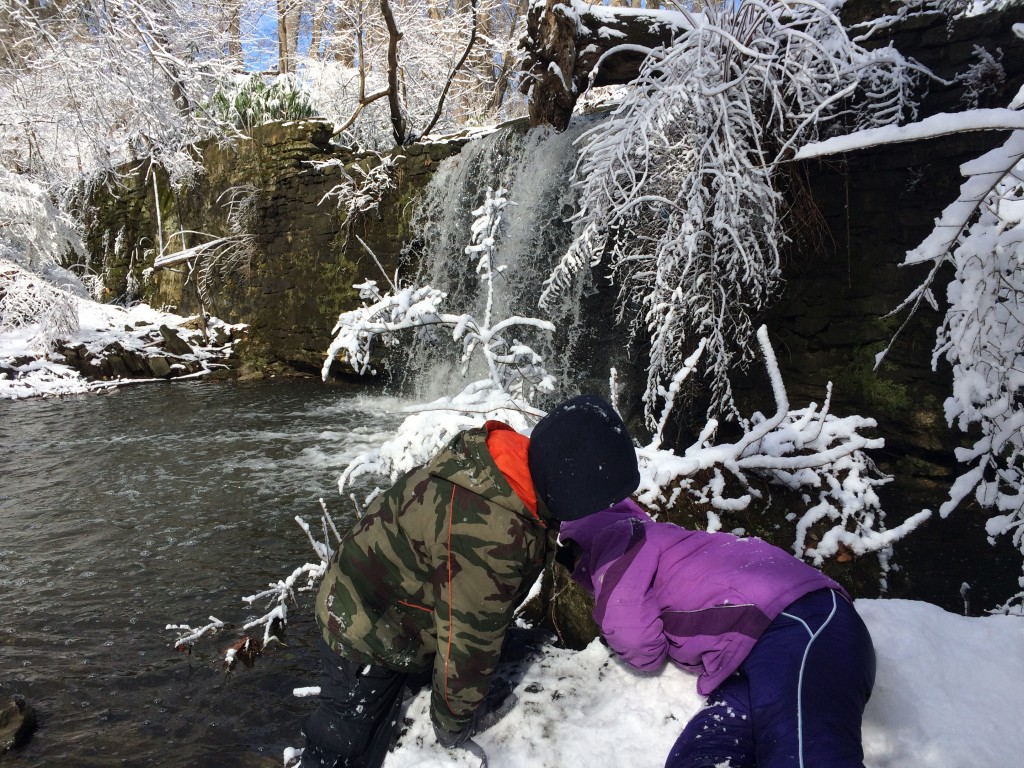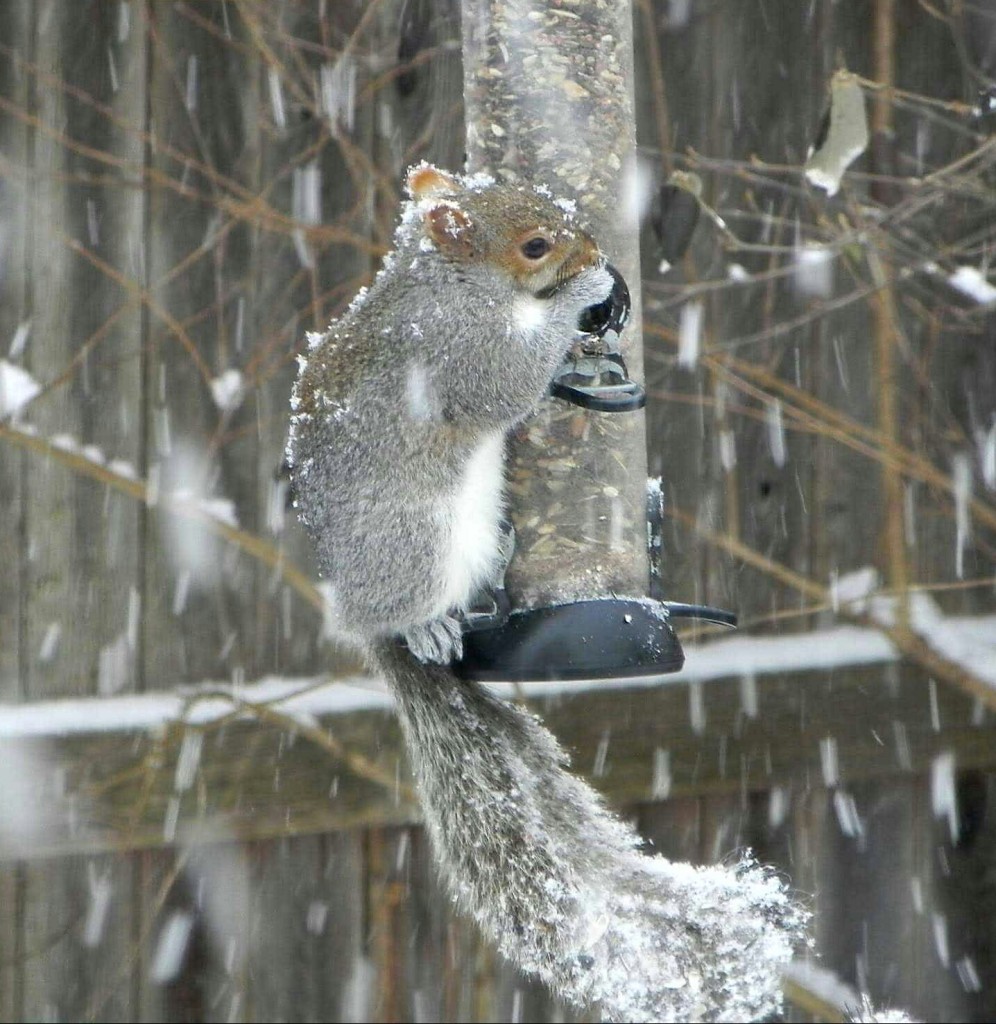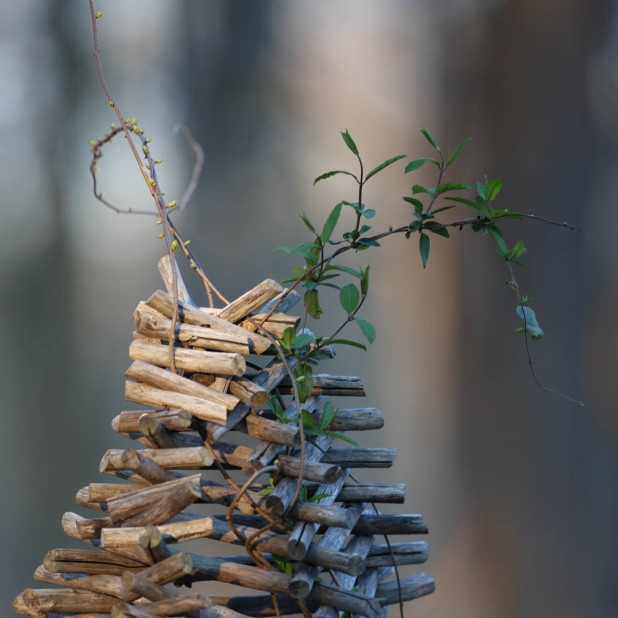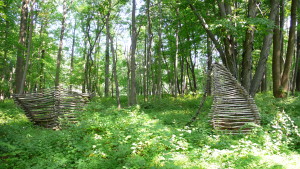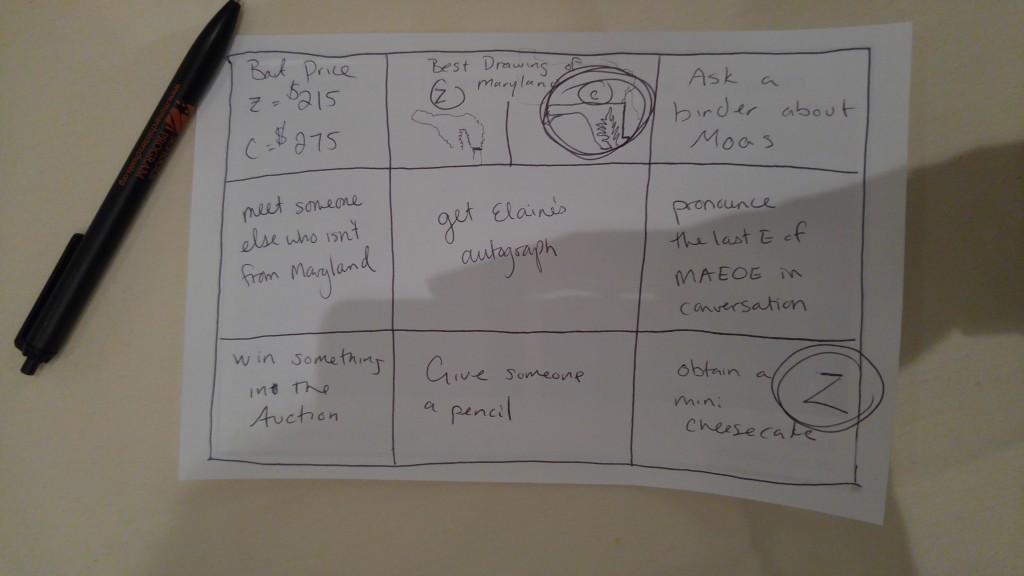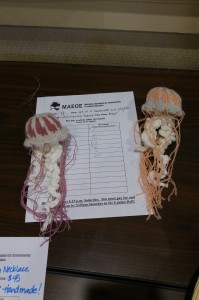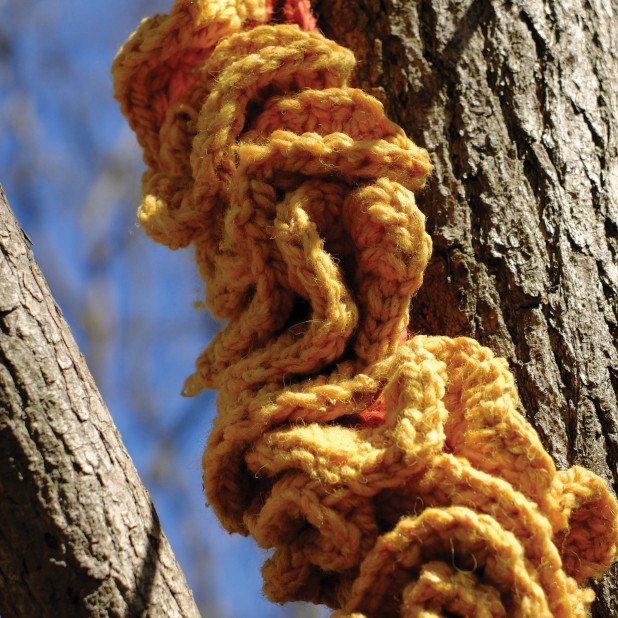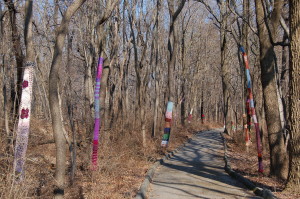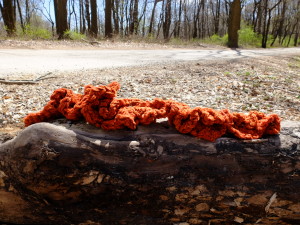Guest contributor Aaron Asis, 2017 Making in Place Artist
Last month, the Schuylkill Center for Environmental Education launched, Making in Place, a creative collaboration featuring the work of 14 different Art in the Open artists invited to create (or update) work to be displayed within the Schuylkill Center’s art gallery and/or at choice locations throughout the Schuylkill Center’s grounds and trails.
As one of the selected artists invited to participate in Making in Place, I was invited to walk the grounds back in September to explore potential project sites and site-specific concepts. Easier said than done, but we found our spot! Seeing as my work tends to focus on access and awareness in urban environments, it came as no surprise that I immediately gravitated towards Pine Grove to develop an interactive installation celebrating the Pine Grove as an anomaly within the Center’s trail systems, entitled Sau Pines.
The Pine Grove was planted by Schuylkill Center staff and volunteers in the 1970s, where each of the pines that populate the Pine Grove was originally intended for timber harvesting but has become a treasured play area and plant and wildlife habitat. In fact, the project title Sau Pines is actually play on the word ‘Saw’ Pines, related to a visual experience in the Pine Grove and/or that the Pines were once planned to be sawed to the ground and sold as timber. Saw Pines. Saw Pines. Sau Pines.
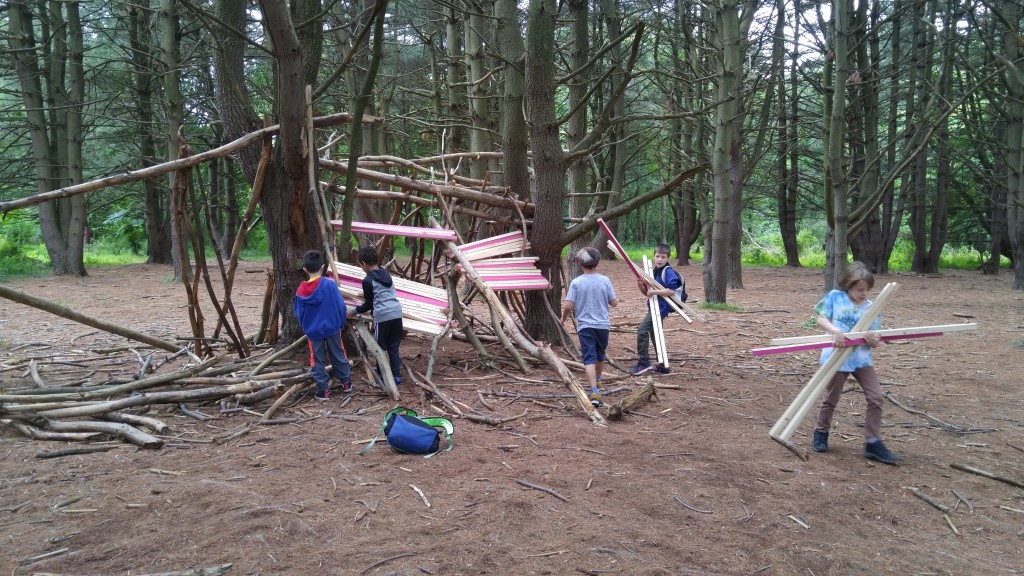
The installation itself consists of a series of corded wraps to colorize a selection of pines within the grove — both at eye level as well as around the base of the trees, to show where they would have been cut. The resultant visual field is intended to prompt curiosity into both the historic and horticultural significance of the Pine Grove. A series of color matching dimensional timbers have also been situated within this banded zone for public use and relocation — as symbol of an avoided fate, and a dimensional timber complement to the natural material already widely used throughout the Pine Grove.
All that said, Sau Pines was created with the historically playful spirit of the Pine Groves in mind, and invites you to follow these simple steps to build your own art…!!
Step 1: Wander through the Pine Grove and observe some of it’s unique characteristics
Step 2: Wander back to the Sau Pines area and admire other visitor created sculptures.
Step 3: Use these timbers to create your own unique Sau Pines sculpture in the Pine Grove!
Step 4: Photograph your sculpture and share it on Social Media and with Schuylkill Center Staff!
Step 5: Leave your new Sau Pines sculpture in the Pine Grove for others to appreciate!
Step 6: Enjoy the rest of the Schuylkill Center’s pristine trail system and natural vegetation.
Please visit the Pine Grove, feel free to play with the art, and enjoy all of the work created for Making in Place!!

